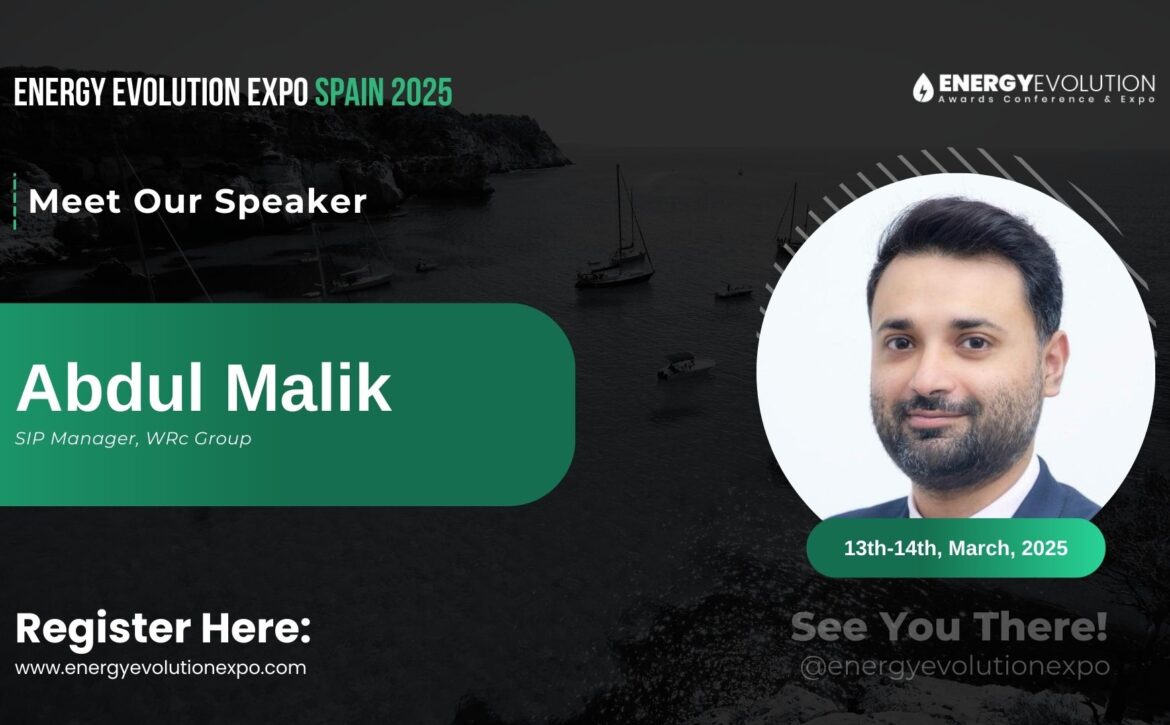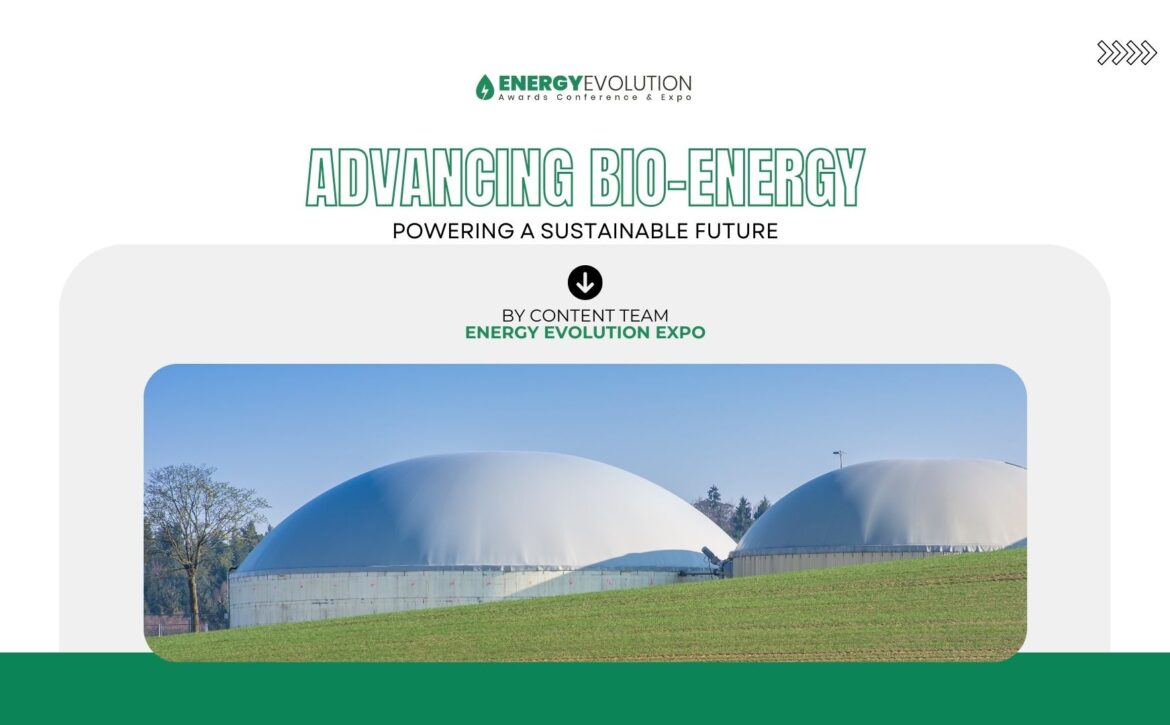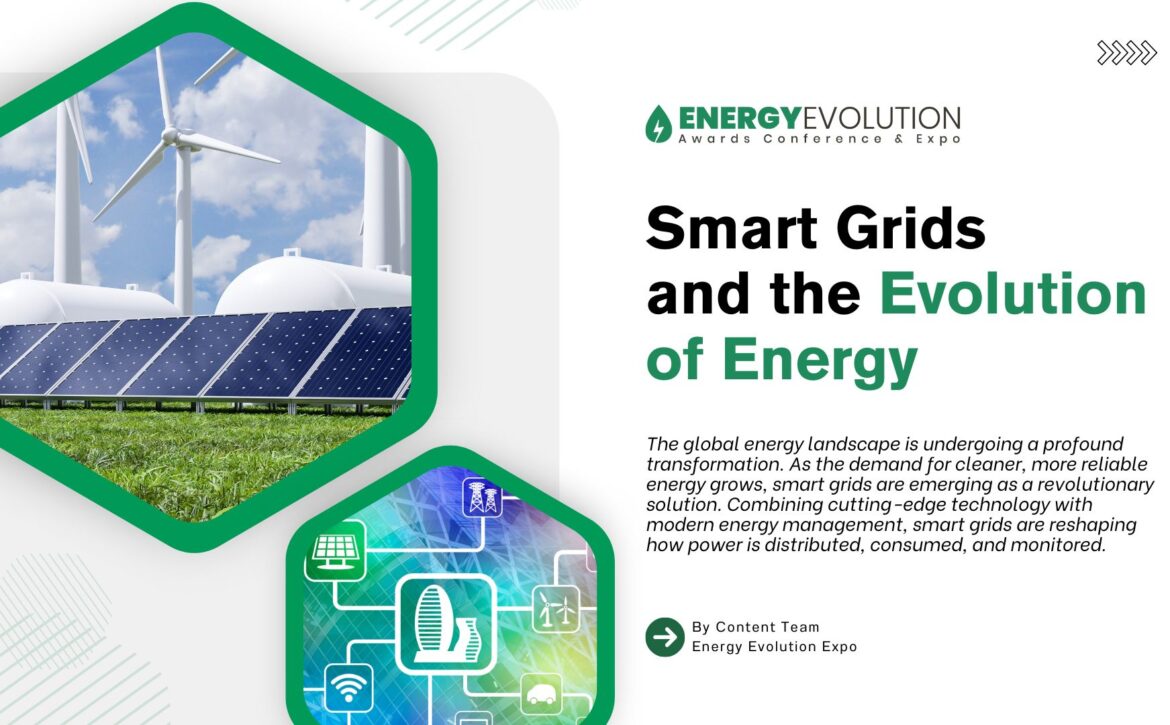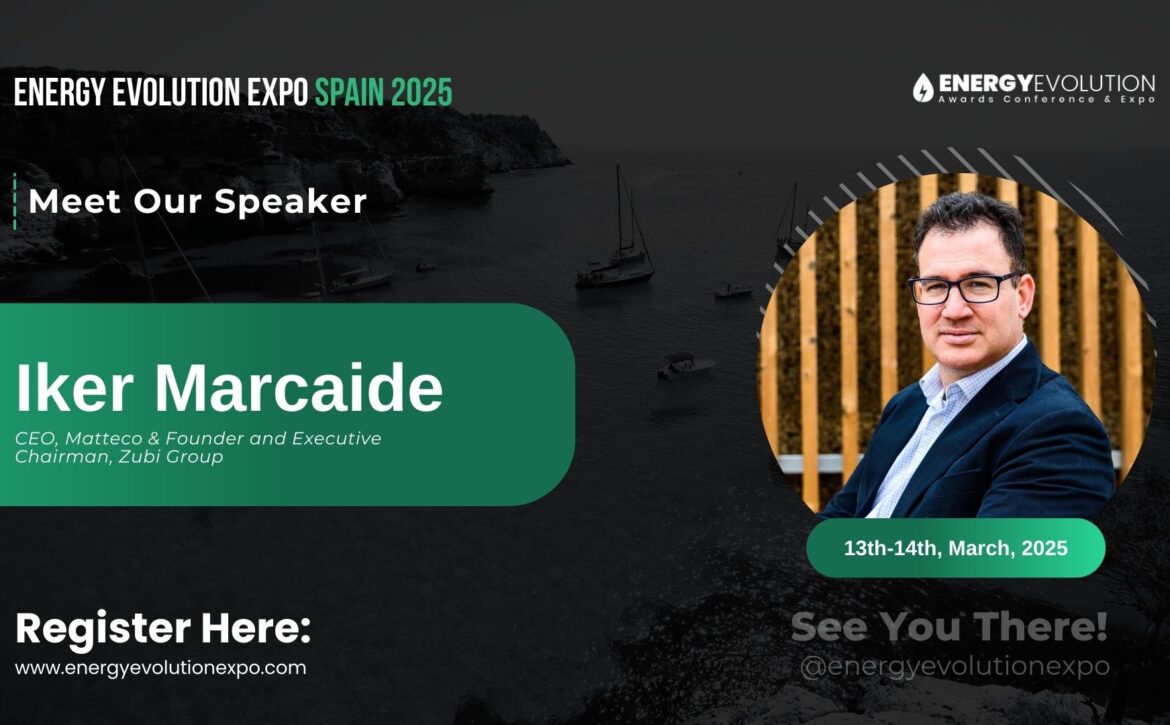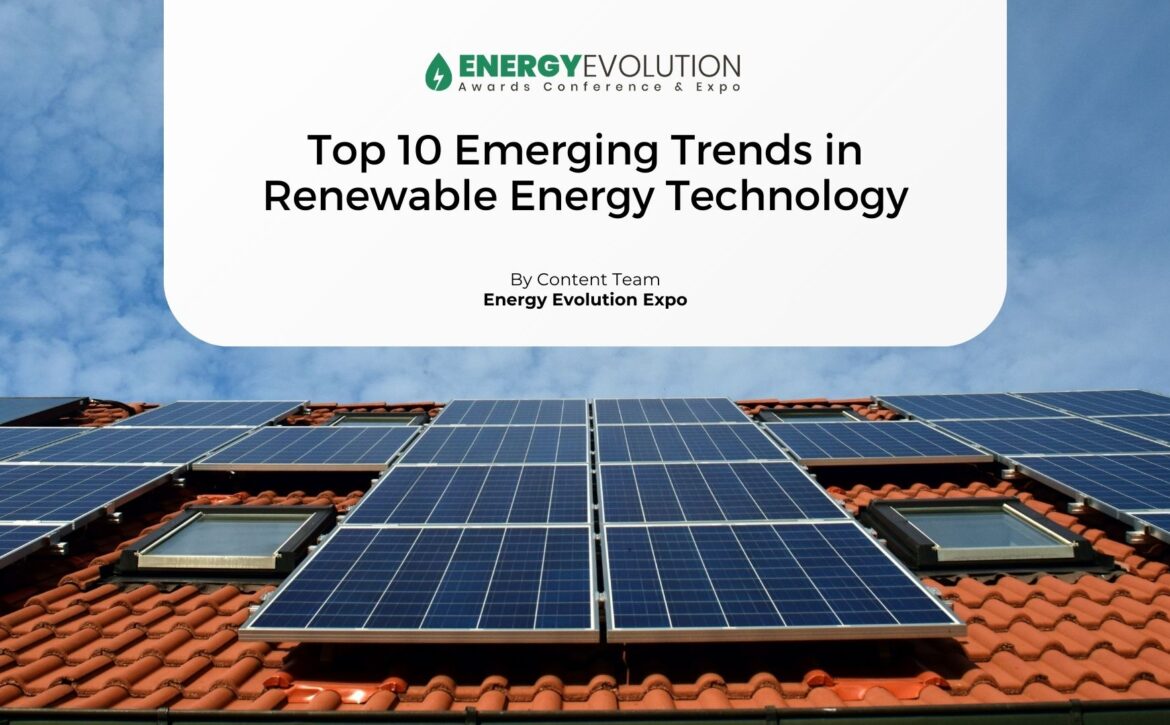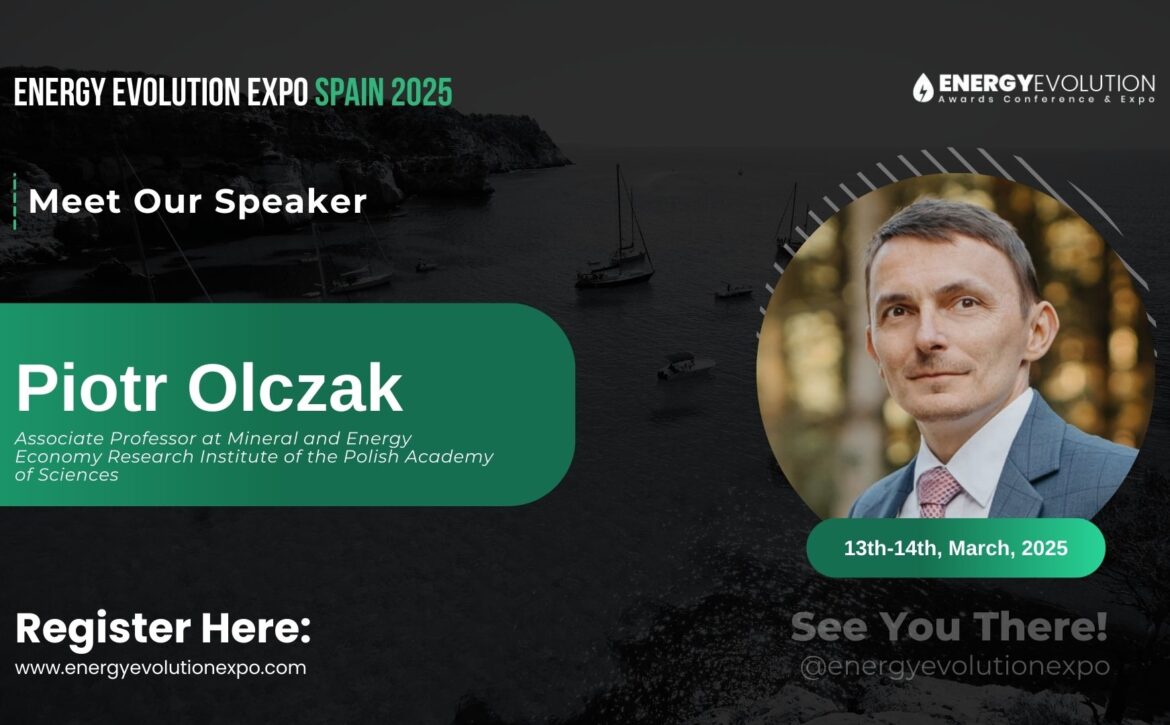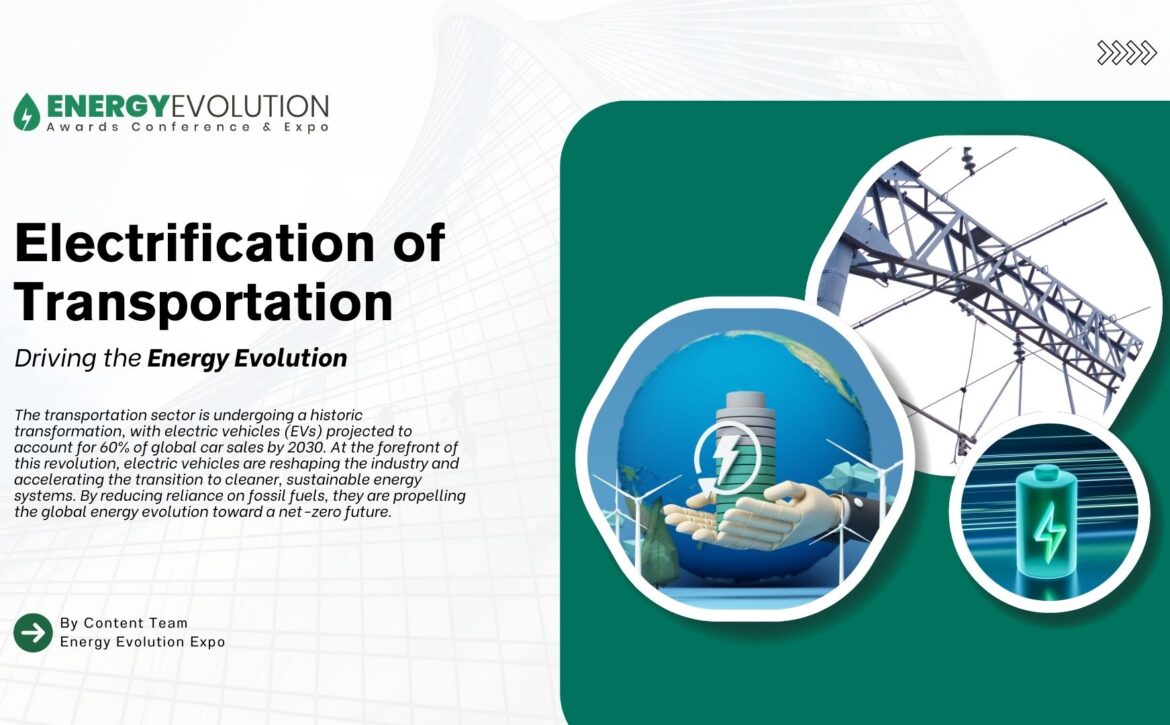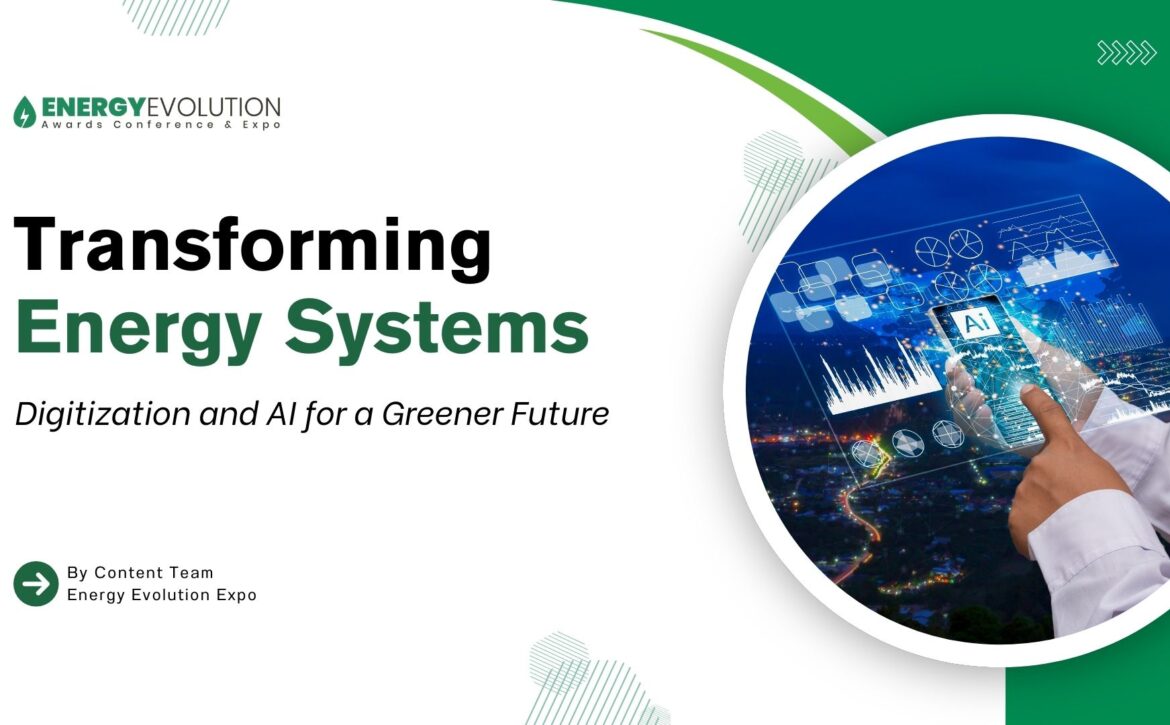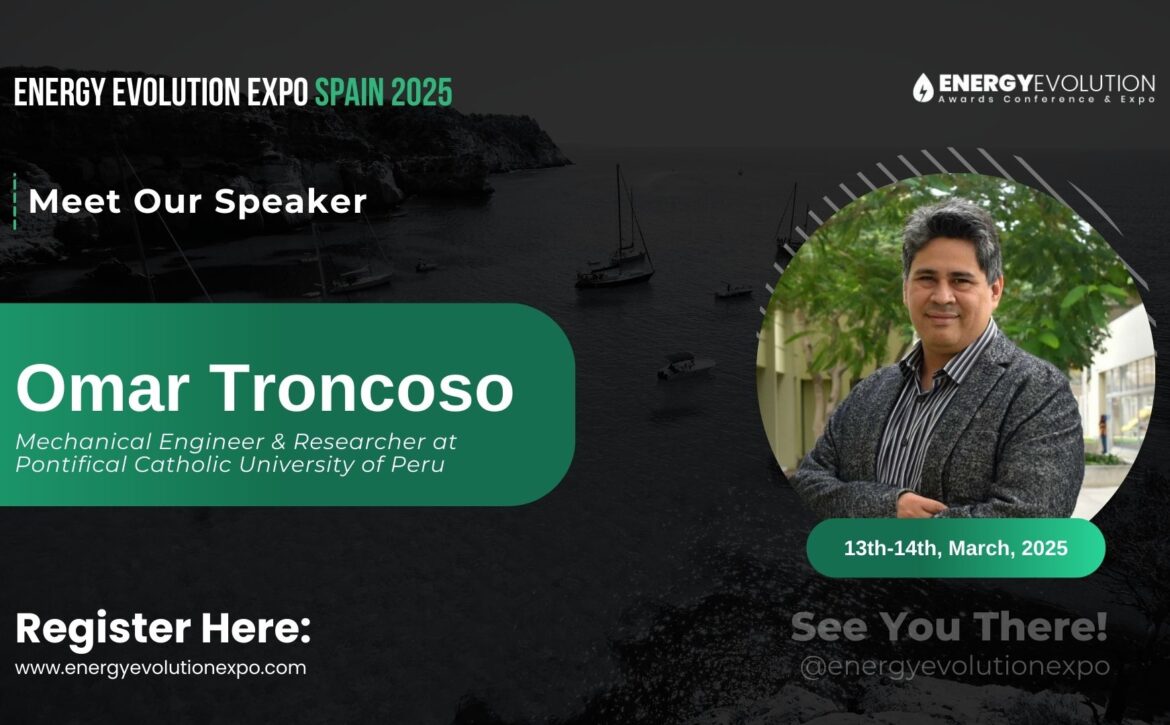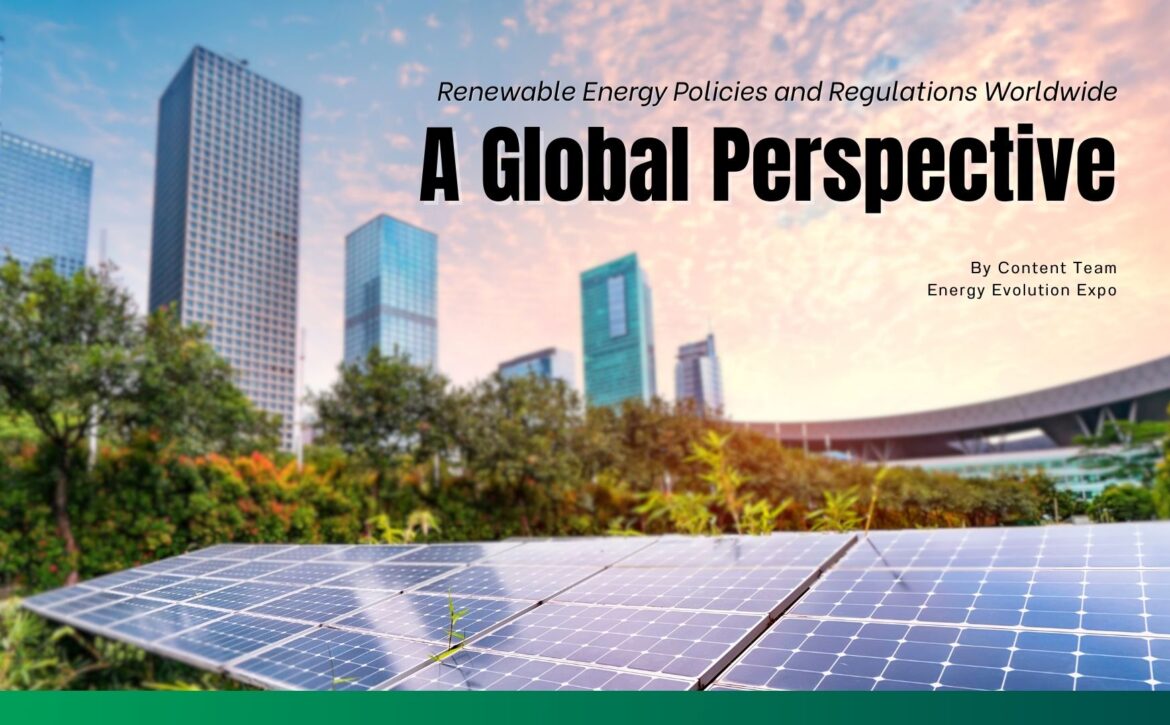The renewable energy sector is undergoing a remarkable transformation, driven by the urgent need to combat climate change and transition to sustainable energy solutions. From cutting-edge solar technologies to AI-powered energy management systems, innovative trends are revolutionizing how we produce, store, and consume energy. This evolution is not only making clean energy more accessible but also reshaping industries and global economies. In this blog, we explore the top 10 emerging trends in renewable energy technology that are shaping a cleaner, greener future.
1. Advanced Solar Panel Technology
The solar industry is seeing innovations such as bifacial solar panels, which absorb sunlight from both sides and perovskite solar cells, which promise higher efficiency and lower costs. These advancements are revolutionizing energy capture and storage capabilities.
Perovskite solar cells are transforming solar energy with efficiencies exceeding 30%, compared to 22% for conventional silicon panels.
Example: Spain’s Andasol Solar Power
Station, located in Andalusia, is Europe’s first commercial parabolic trough solar thermal power plant. With a capacity of 150 MW, it utilizes advanced thermal storage systems to supply electricity even after sunset, showcasing Spain’s leadership in solar technology.
In 2023, global solar capacity reached 1,200 GW, a 22% increase from the previous year, driven by innovations like Andasol and advancements in solar panel technology.
2. Offshore Wind Power Expansion
Floating wind turbines are making offshore wind power more accessible. By harnessing stronger and more consistent winds over deep waters, these systems are boosting energy production without the limitations of traditional fixed-base turbines.
Example: The Dogger Bank Wind Farm in the UK, set to generate 3.6 GW, will power 6 million homes by 2025.
Offshore wind capacity is expected to grow from 60 GW in 2023 to over 240 GW by 2030, according to the Global Wind Energy Council.
3. Green Hydrogen Production
Green hydrogen, produced using renewable energy sources, is becoming a viable alternative to fossil fuels. It’s being adopted for transportation, industrial processes, and power generation, offering a cleaner energy solution.
Example: Saudi Arabia’s NEOM project includes a 5 billion dollars green hydrogen plant, expected to produce 650 tons of green hydrogen daily by 2026.
The global green hydrogen market is projected to grow from 1.2 billion dollars in 2023 to 89.2 billion dollars by 2030, with a CAGR of 54.4%.
4. Energy Storage Innovations
From lithium-ion batteries to flow batteries and solid-state batteries, energy storage systems are evolving. These innovations are crucial for stabilizing renewable energy grids and supporting the transition to 24/7 clean energy.
Example: Tesla’s Megapack batteries store surplus renewable energy for grid stabilization. California’s Moss Landing project has a capacity of 400 MWh.
The energy storage market is projected to reach 546 billion dollars by 2035, with annual installations growing to 500 GW.
5. AI and Machine Learning in Energy Management
AI is optimizing energy production and consumption by analyzing data in real-time. Machine learning algorithms improve efficiency in solar farms, wind farms, and energy distribution networks.
Example: Google uses AI to optimize energy use in its data centers, reducing energy consumption by 30%.
By 2028, AI in energy management is expected to generate revenues of 12 billion dollars, growing at a CAGR of 24%.
6. Smart Grids and IoT Integration
Smart grids equipped with IoT devices are transforming how energy is distributed. These systems allow for dynamic energy management, better demand response, and integration of decentralized renewable sources like rooftop solar panels.
Example: Italy’s Enel Group deployed smart meters to over 40 million households, enhancing energy efficiency and grid stability.
The global smart grid market was valued at 43.1 billion dollars in 2023 and is projected to grow to 88.7 billion dollars by 2030.
7. Floating Solar Farms
Installing solar panels on water bodies reduces land usage and boosts efficiency due to the cooling effect of water. Countries like India and China are leading in deploying large-scale floating solar farms.
Here are notable examples of floating solar farms leading the way globally
Here are notable examples of floating solar farms leading the way globally:
India: Ramagundam Floating Solar Plant in Telangana is the largest of its kind in the country, with a capacity of 100 MW. Built on the reservoir of the NTPC Ramagundam Thermal Power Plant, it prevents water evaporation while generating clean energy, demonstrating India’s commitment to innovative solar solutions.
China: 150 MW floating solar plant in Anhui Province is the world’s largest, powering 94,000 homes annually.
These advancements contribute to the floating solar market’s rapid growth, expected to increase from 3.9 billion dollars in 2023 to 10.2 billion dollars by 2030, with a CAGR of 14.5%.
8. Waste-to-Energy Technologies
Innovative technologies are turning organic waste into energy through processes like anaerobic digestion and gasification. This not only reduces waste but also produces sustainable energy and fertilizers.
Example: Sweden converts 50% of household waste into energy, supplying power to 1.25 million homes annually.
The global waste-to-energy market is projected to grow to 54 billion dollars by 2030, driven by increasing urban waste.
9. Carbon Capture and Storage (CCS)
Although CCS itself isn’t renewable, it complements renewable technologies by capturing CO2 emissions and storing them underground, helping industries achieve net-zero goals.
Example: Norway’s Northern Lights project captures 1.5 million tons of CO2 annually from industrial sources and stores it under the North Sea.
The CCS market is projected to grow from 4 billion dollars in 2023 to 35 billion dollars by 2035, according to the IEA.
10. Bioenergy Advancements
Bioenergy from algae, biomass, and agricultural waste is becoming popular.
Innovations in biorefineries are improving efficiency and sustainability in producing biofuels and biogas.
Example: Neste, a Finnish company, produces renewable diesel from waste and residues, reducing greenhouse gas emissions by up to 90%.
Bioenergy accounts for 12% of global energy supply, with rapid growth in biofuel production forecasted to hit 65 billion gallons by 2030.
These emerging trends and their impressive statistics highlight the immense potential of renewable energy technologies to transform our world. The future of energy is not only sustainable but also innovative, driven by data, efficiency, and global collaboration.
Conclusion
As renewable energy technologies continue to evolve, they are unlocking immense potential to combat climate change, enhance energy efficiency, and support sustainable development worldwide. These innovations are more than just trends, they represent the cornerstone of a carbon-neutral future. By embracing these advancements, governments, businesses, and individuals can collectively drive the world toward a sustainable energy revolution, ensuring a healthier planet for future generations.
Energy Evolution Expo
The Energy Evolution Expo is a premier event showcasing the latest advancements in renewable energy technologies and sustainable practices. It serves as a global platform for innovators, industry leaders, and policymakers to exchange ideas and explore cutting-edge solutions, from advanced solar panels and AI-driven energy management systems to breakthroughs in green hydrogen and bioenergy. Attendees gain valuable insights into emerging trends and can witness the transformative potential of these innovations in driving a carbon-neutral future.


